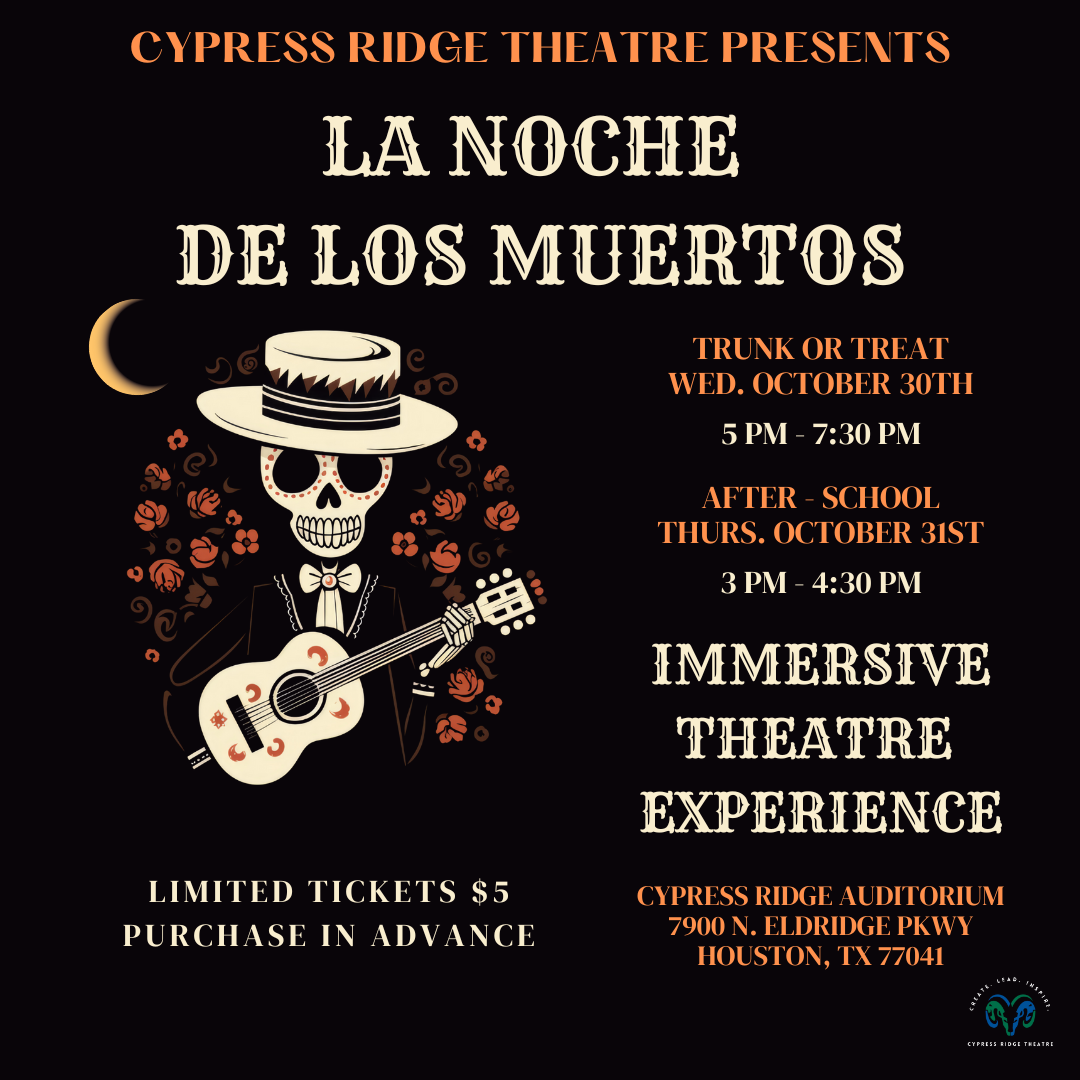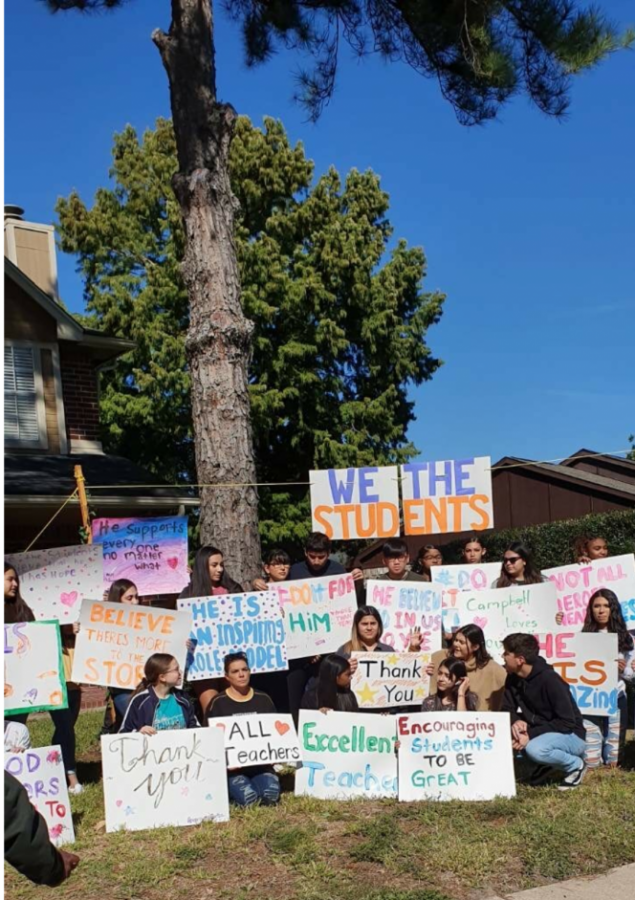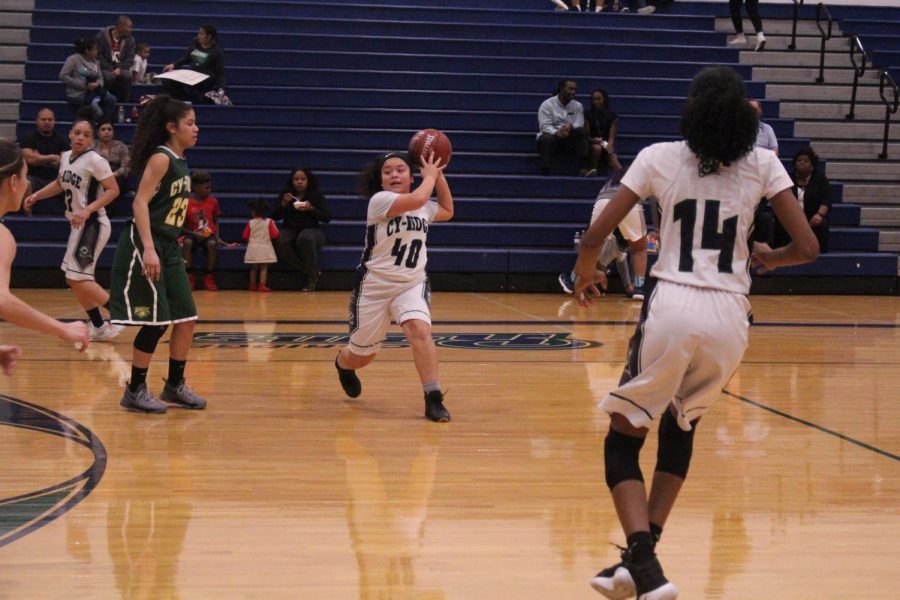Hispanic Heritage Highlighted Through Student Celebration
September 22, 2016
Students and staff are invited to immerse themselves in Hispanic heritage with five festive dress up days during the week of Sept. 26-30. National Hispanic Heritage Month, celebrated from Sept. 15 to Oct. 15, recognizes the contributions of Hispanic and Latino Americans to the United States and honors their heritage and culture. Each year, students participate by dressing up as a predetermined theme.
Sophomore Rocio Perez is a first generation Cuban-American. She moved to America when she was eight years old after previously living in Brazil for two years and Cuba before that. Perez sees inherent value in celebrating a month devoted to her heritage.
“There are so many of us in the United States, and most of us are from parents who were born in another country.” Perez said. “We cannot forget where were came from and where our roots are from.”
Freshman Alexa Navarro is a first generation American. Her mother moved to America in the 1998 when she was only 16 years old.
“I think [this month] is important because a lot of Hispanic people live here, and they should have a say in their culture,” Navarros said. “If they didn’t have a say, then it wouldn’t really matter at all. They would be invisible.”
Danna Villarreal, a sophomore, understands the importance of looking back.
“There are a lot of people from different areas in the world that are Hispanics, and we need to remember where we came from and what we did in the past,” Villarreal said.
Students who have celebrated their Quinceañera, the coming-of-age celebration on a girl’s 15th birthday, can submit pictures of their party and birthday gown to the PALS sponsor, Tamara Winsmann or to an AP. The pictures will be compiled into a slideshow that will be presented during each lunch throughout the week.
The national Hispanic heritage celebration began as Hispanic Heritage Week in 1968, but was later expanded to a month in 1988.
About 55.8 percent of the Cypress Ridge population is home to students who identify as Hispanic or Latino as indicated in the 2014-15 AEIS Report. The U.S. Hispanic population now stands at 57 million, making Hispanics the nation’s second-fastest-growing racial or ethnic group. Today Hispanics make up 18% of the U.S. population, up from 5% in 1970.
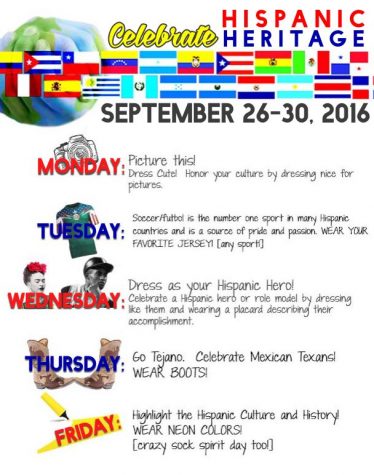
The dress up days for this Hispanic Heritage Week as chosen by PALS. Click the image to zoom in.
Hispanic Heritage Facts compiled by Augusta University
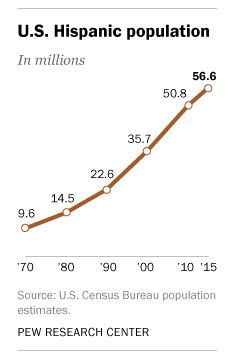
People of Mexican origin account for about two-thirds (35.3 million) of the nation’s Hispanics.
- Sept. 15 was chosen as the starting point for the celebration of Hispanic Heritage Month because it is the anniversary of independence of five Latin American countries: Costa Rica, El Salvador, Guatemala, Honduras and Nicaragua. In addition, Mexico and Chile celebrate their independence days on Sept. 16 and Sept. 18.
- With 329 million native speakers, Spanish ranks as the world’s No. 2 language in terms of how many people speak it as their first language. It is slightly ahead of English (328 million) but behind Chinese (1.2 billion).
- From 1998 to 1999 to 2008 to 2009, the number of associate’s degrees earned by Hispanics more than doubled (increasing by 101 percent) During the same time period, the number of bachelor’s degrees awarded Hispanic students increased by 85 percent.
- The Chicano movement was a civil rights movement that started by looking for the restoration of land grants. The movement expanded to encompass Mexican farm worker’s rights, enhanced education, voting rights and political rights.
- The Treaty of Guadalupe Hidalgo, signed February 2, 1848, ended the Mexican-American War. The United States agreed to pay Mexico $15 million. This agreement also included a territorial settlement in which the United States annexed the northern portion of Mexico, resulting in what is today Texas, New Mexico and California.
- There are 1.1 million Hispanic veterans of the U.S. armed forces.
- Hispanics are not a monolithic group. In reality, some Hispanic subgroups have remarkably few characteristics in common. Various subgroups reflect great differences in ethnicity, culture, origin and can cover the racial spectrum, from white, African American, Asian, Pacific Islander and Native American. Hispanics are a mix of European, African and Native American people.
- Hispanics usually place great value on appearance as a sense of honor, dignity and pride.
- Religion plays a significant role in day-to-day life. More than 90 percent of the Spanish-speaking world is Roman Catholic.
- The terms Hispanic and Latino tend to be used interchangeably in the United States for people with origins in Spanish-speaking or Portuguese-speaking countries, like Mexico, Costa Rica, and Brazil. Contrary to many beliefs, Hispanic is not a race, but an ethnicity.
- The term Hispanic was first adopted by the United States government in the early 1970s, and has since been used in local and federal employment, mass media, academia, and business market research. It has been used in the U.S. Census since 1980. Because of the popularity of “Latino” in the western portion of the United States, the government adopted this term as well in 1997, and used it in the 2000 census.




